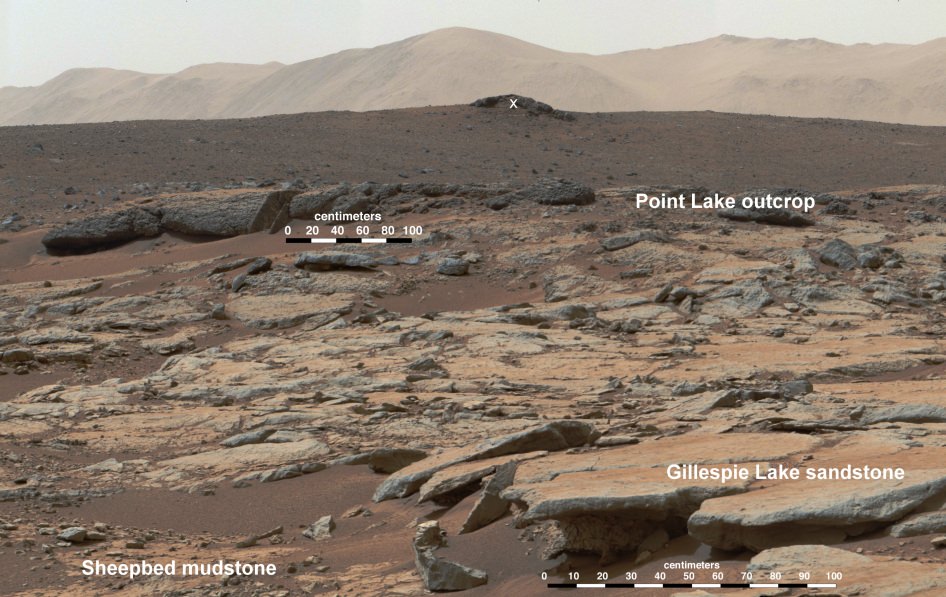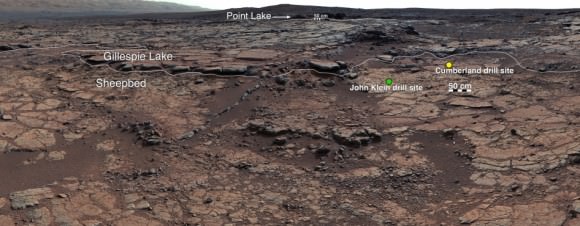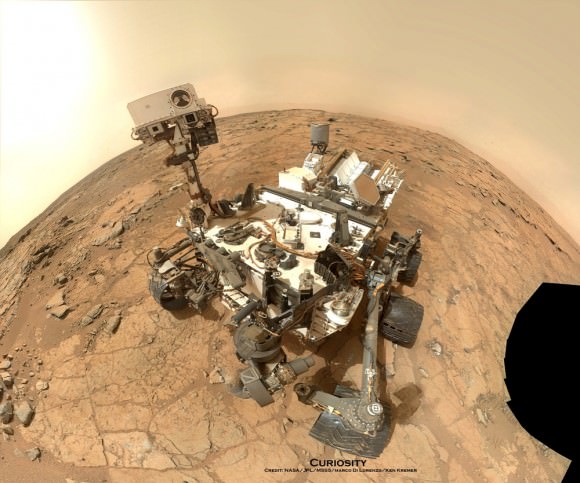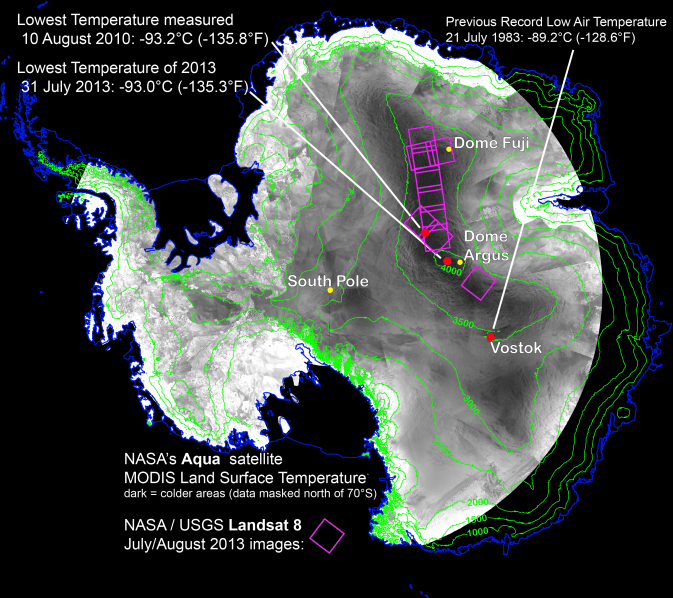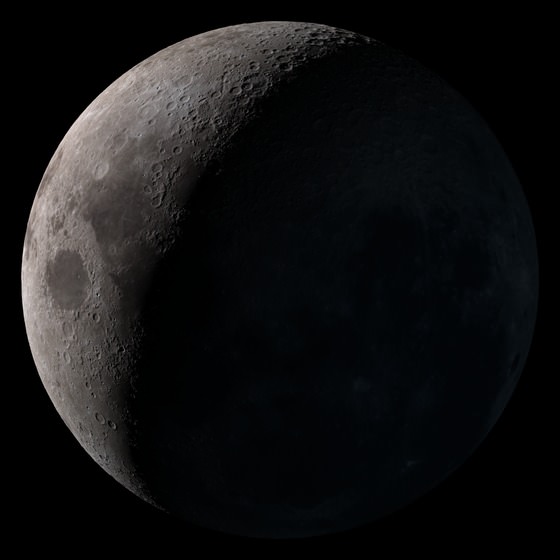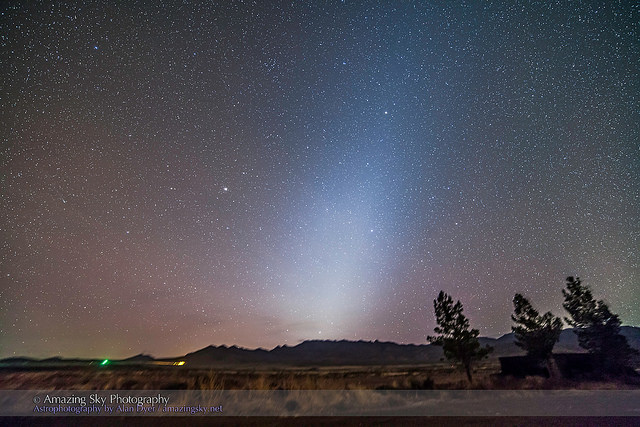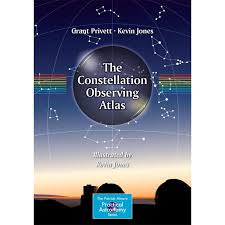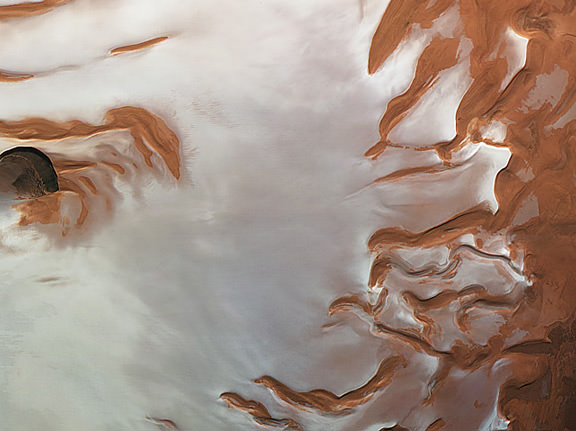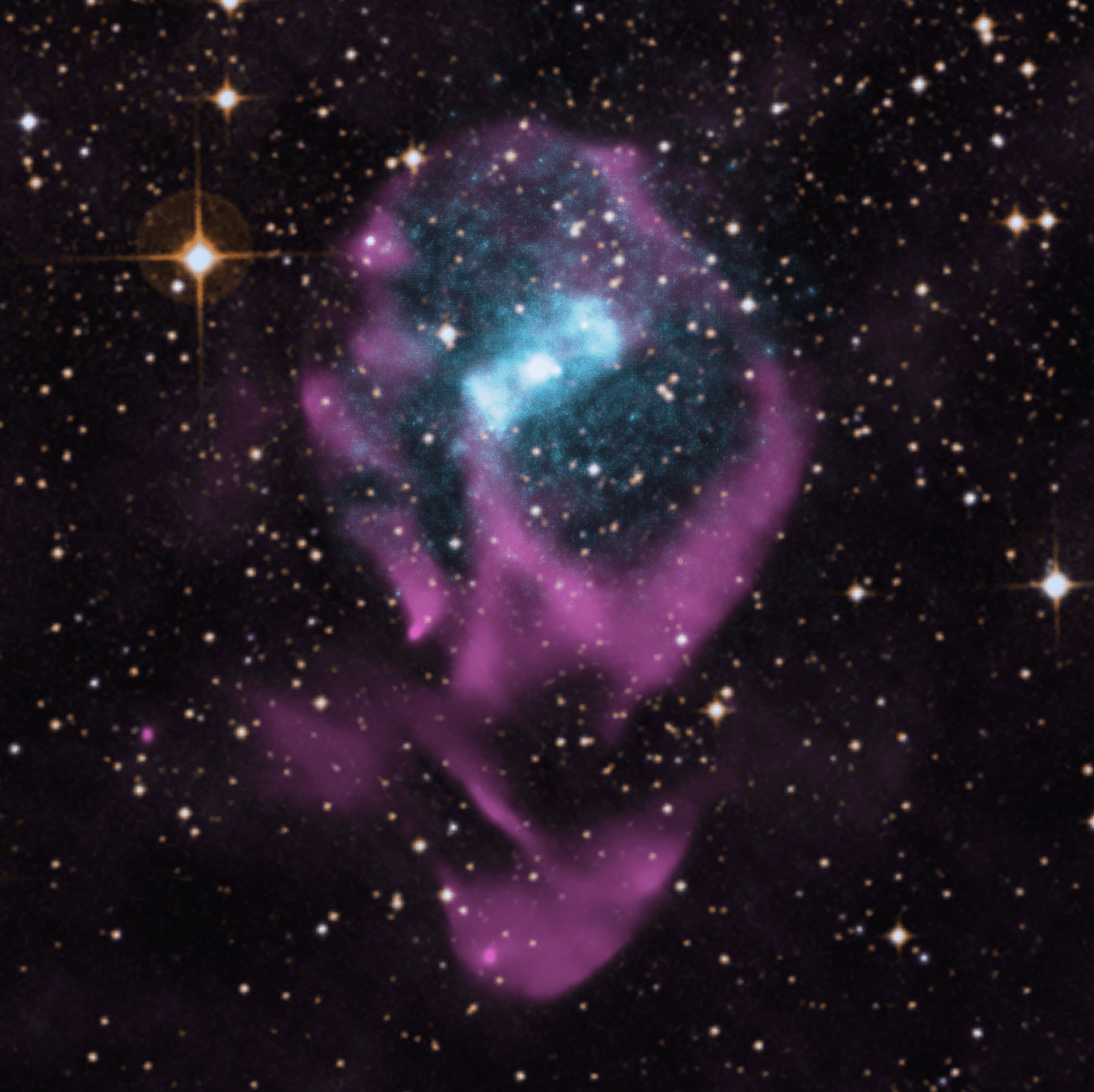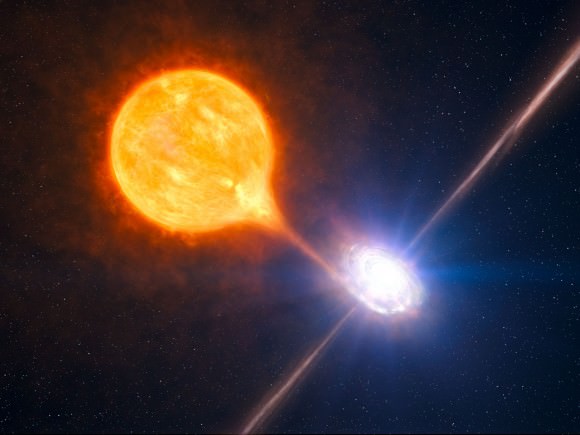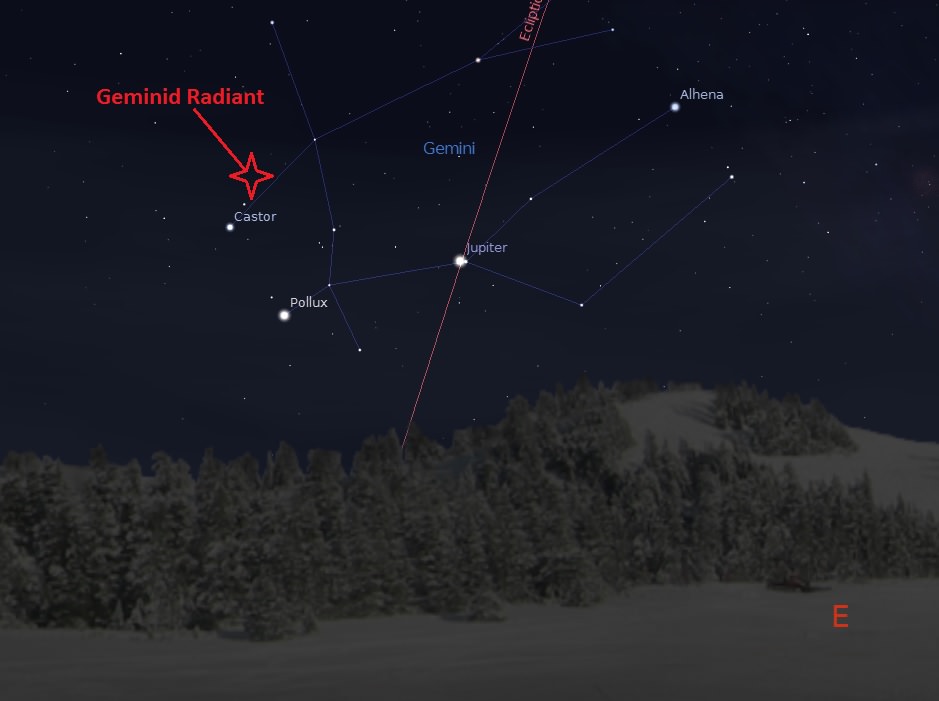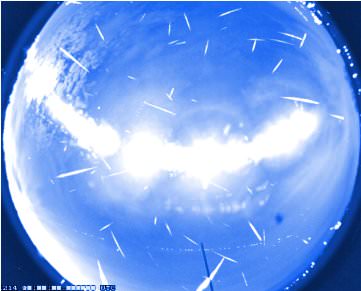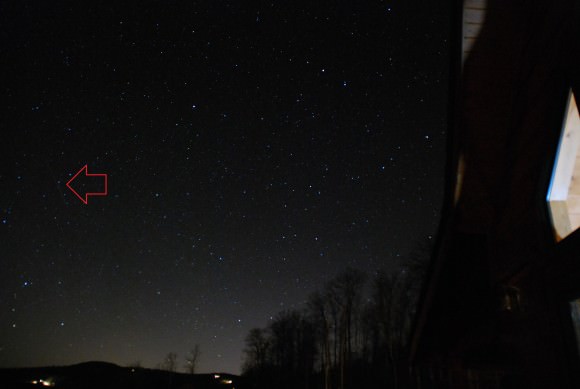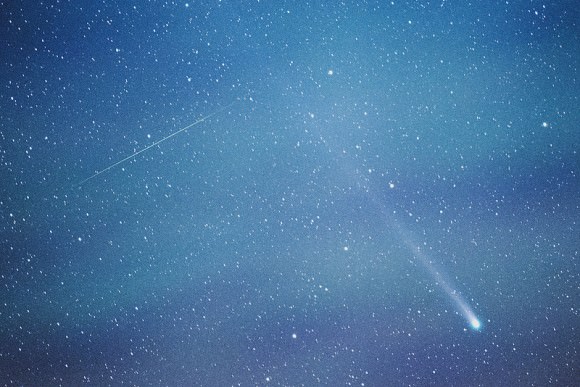It didn’t happen overnight. By studying the properties of giant molecular clouds in the Whirlpool Galaxy for several years with the millimeter telescopes of IRAM, the Institut de Radioastronomie Millimétrique, astronomers have been given a whole, new look at star formation. Encompassing 1,500 maps of molecular clouds, this new research has found these building blocks of future suns to be encased in a sort of molecular hydrogen mist. This ethereal mixture appears to be far denser than speculated and is found throughout the galactic disc. What’s more, it would appear the pressure created by the molecular fog is a critical factor in determining whether or not stars are able to form within the clouds.
Stars form in the molecular clouds housed within all galaxies. These formations are vast areas of hydrogen molecules with masses which total from a thousand to several million times that of the Sun. When an area of the cloud folds under the weight of its own gravity, it collapses. Pressure and temperature rise and nuclear fusion begins. A star is born.
This exciting new research is changing the way astronomers think about starbirth regions. Study leader Eva Schinnerer (Max Planck Institute for Astronomy) explains: “Over the past four years, we have created the most complete map yet of giant molecular clouds in another spiral galaxy similar to our own Milky Way, reconstructing the amounts of hydrogen molecules and correlating them with the presence of new or older stars. The picture that is emerging is quite different from what astronomers thought these clouds should be like.” The survey, known as PAWS, targeted the Whirlpool galaxy, also known as M51, at a distance of about 23 million light-years in the constellation Canes Venatici – the Hunting Dogs.
Annie Hughes, a post-doctoral researcher at MPIA involved in the study, says: “We used to think of giant molecular clouds as solitary objects, drifting within the surrounding interstellar medium of rarified gas in isolated splendor; the main repository of a galaxy’s supply of hydrogen molecules. But our study shows that 50% of the hydrogen is outside the clouds, in a diffuse, disk-shaped hydrogen fog permeating the galaxy!”
Not only does the enveloping gas play a critical part in star formation, but galaxy structure does as well. One galactic feature in particular is key – spiral arm structure. They sweep slowly around the core area like hands on a clock and are more populated with stars than the remainder of the galactic disk. Sharon Meidt, another MPIA post-doctoral researcher involved in the study, says: “These clouds are definitely not isolated. On the contrary, interactions between clouds, fog, and overall galactic structure appear to hold the key to whether or not a cloud will form new stars. When the molecular fog moves relative to the galaxy’s spiral arms, the pressure it exerts on any clouds within is reduced, in line with a physical law known as Bernoulli’s principle. Clouds feeling this reduced pressure are unlikely to form new stars. According to the press release, Bernoulli’s law is also thought to be responsible for part of the well-known shower-curtain effect: shower curtains blowing inward when one takes a hot shower, another display of reduced pressure.
Jerome Pety of the Institut de Radioastronomie Millimétrique (IRAM), which operates the telescopes used for the new observations, says: “It’s good to see our telescopes live up to their full potential. A study that needed such extensive observation time, and required both an interferometer to discern vital details and our 30 m antenna to put those details into a larger context, would not have been possible at any other observatory.”
Schinnerer concludes: “So far, the Whirlpool galaxy is one example which we have studied in depth. Next, we need to check that what we have found also applies to other galaxies. For our next steps, we hope to profit from both the extension NOEMA of the compound telescope on the Plateau de Bure and from the newly opened compound telescope ALMA in Chile, which will allow in-depth studies of more distant spiral galaxies.”
Original Story Source: Max Planck Institute for Astronomy News Release.


